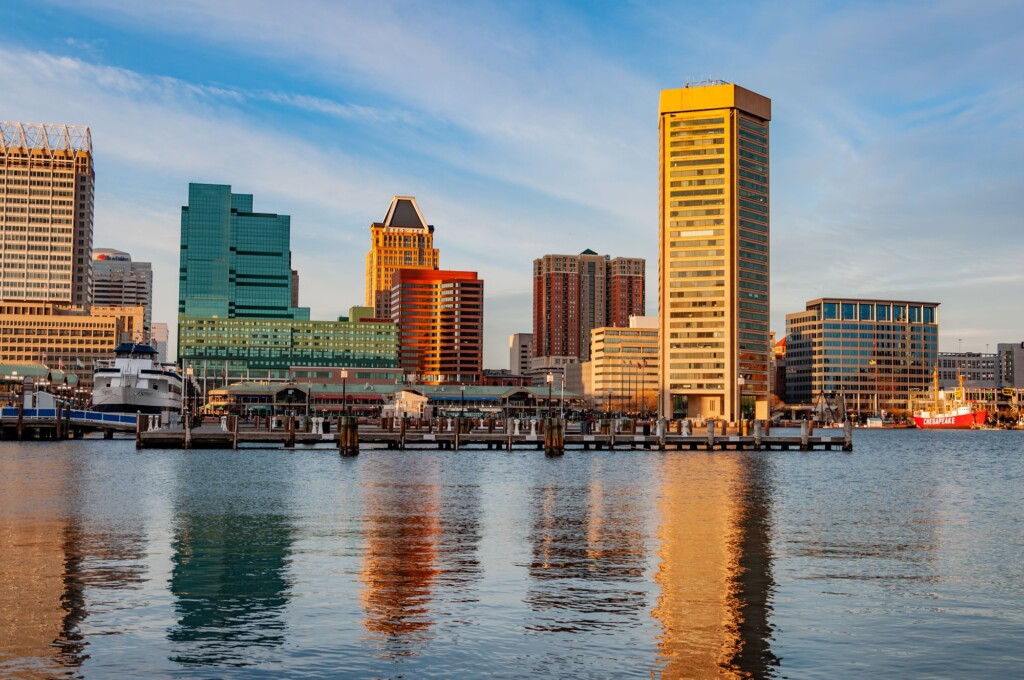For the first time in a decade, Baltimore’s population is growing—marking a potential turning point for a city whose population has been on the decline.
According to new data released by the U.S. Census Bureau on Thursday, Baltimore’s population grew by 0.1% from 2023 to 2024, a marginal gain of about 750 residents. While the increase may seem small, it signals a major shift for a city that has lost nearly 60,000 people since 2010 due to issues like crime, economic struggles, and declining public infrastructure.
The Baltimore Banner analyzed the Census data and found that a significant factor in the city’s population increase was a decrease in net domestic migration—meaning fewer people left the city compared to previous years. In 2024, Baltimore lost about 50% fewer people to net domestic migration than it did in 2023.
“This progress is real, and more people are choosing to call Baltimore home,” said Kamau Marshall, Chief Strategist & Chief Communications Officer for Mayor Scott, in a statement to The Baltimore Banner. “The city’s growing population sends a clear message: Baltimore’s comeback is underway.”
In response to the Census findings, Mayor Scott’s office released a statement attributing the growth to his administration’s focus on public safety, economic investment, and neighborhood revitalization.
“Today’s population figures confirm that Baltimore’s Renaissance is here,” said Mayor Brandon M. Scott in an official statement. “After a decade of shrinking population, I promised during my first year in office to pivot from the failed policies of the past and overcome the decades of intentional disinvestment in our community. Now, as a result of my administration’s achievements—a record-low number of vacant homes, a historic drop in violence, and billions being invested into our neighborhoods—we have finally stabilized our City’s population.”
Scott further emphasized that the city’s decreasing crime rate, improvements in education and recreational services, and ongoing efforts to reduce vacant properties have contributed to creating a more livable, attractive Baltimore.
One of the administration’s biggest talking points has been the dramatic reduction in homicides and overall crime rates in Baltimore. In 2024, homicides dropped by 23%, following a 20% decline in 2023, marking one of the most significant crime reductions in the city’s recent history.
Additionally, vacant properties—a long-standing issue in Baltimore—have reached record lows, with the Scott administration making major investments in redevelopment to transform neglected areas into thriving communities.
While the population growth is a positive indicator, city officials recognize that sustaining and increasing this momentum will require continued investment in public safety, housing, economic development, and education.
Mayor Scott’s office remains committed to long-term urban renewal strategies, aiming to position Baltimore as a destination city for young professionals, families, and businesses.
“People can feel this progress. My administration will build on this momentum by continuing our work to promote public safety, accelerate equitable development, and protect our most vulnerable residents—making Baltimore a place that more people will be proud to call home,” Scott added.




